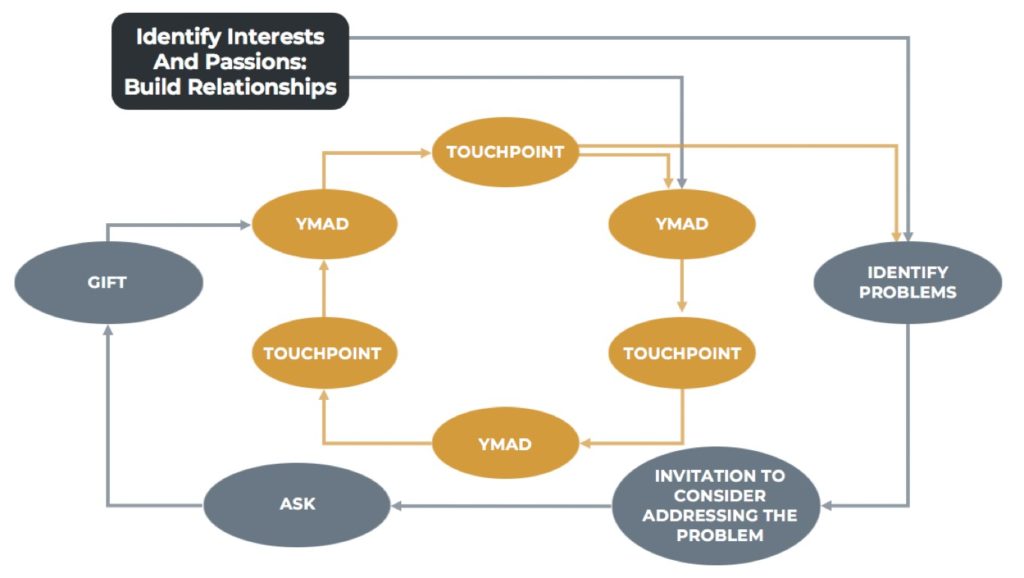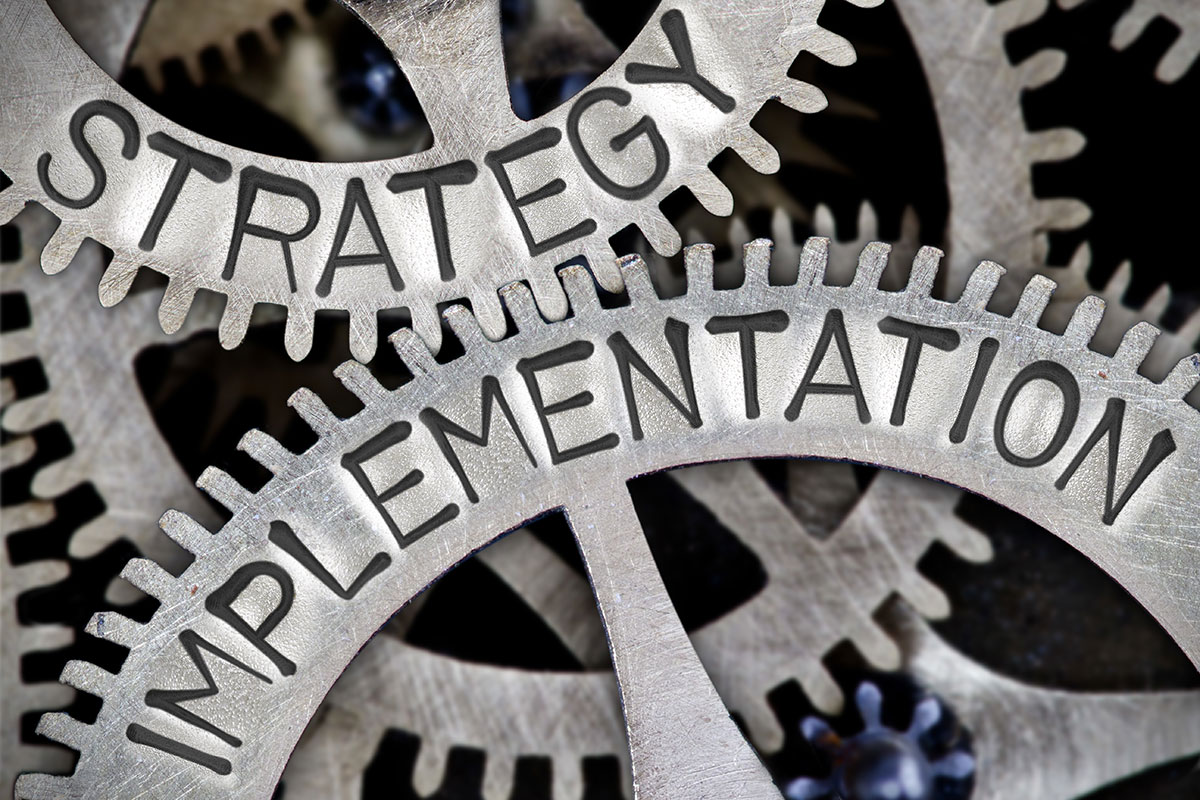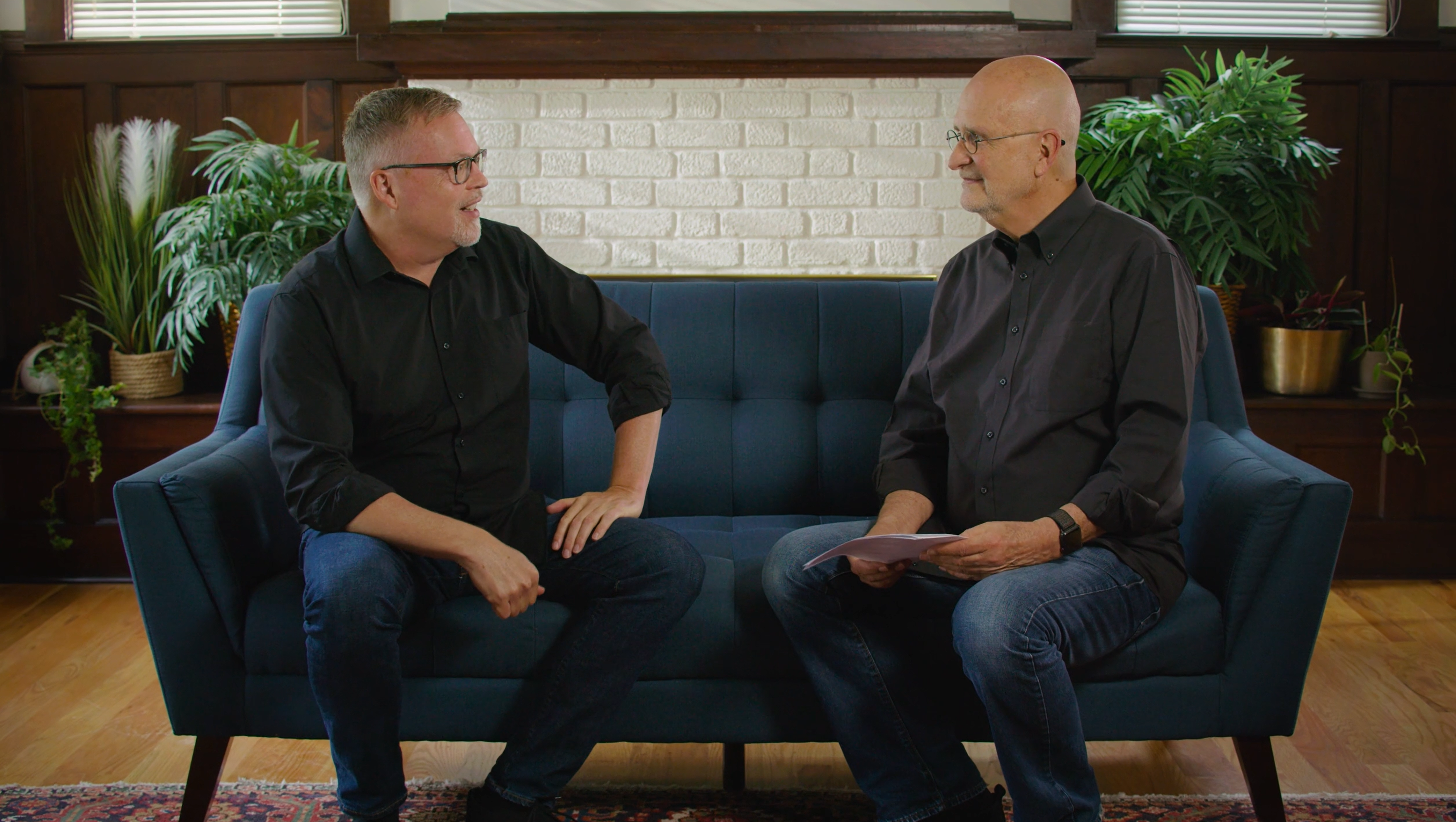Fourth in a Series: How to Identify Donor Passions and Interests
So you’ve identified your caseload donor’s passions and interests and the driver(s) behind them. Now what do you do? Several things as follows:
- Match them to the program category and sub-category of your organization. There’s a category of program that most closely aligns to your donor’s passions and interests. That’s the category of work that will most interest the donor. So spend time finding it – you may have to dig a bit. And spend time talking to program folks that run that category to find out everything you can about it – the need being addressed, the challenges, the successes, and stories. Get need and success stories as you’ll need them for your ask and also reporting back.
- Write and execute a 12-month cultivation, solicitation, and stewardship plan for the donor using the information you’ve acquired. Remember, there are two concurrent communication and touchpoint cycles happening in your relationship with the donor as reflected in the graph below:

The inner circle is the cultivation stewardship cycle where you’re sending the donor information about the category that matches their passions and interests. Every touch point is some new information about the category – it could be a news article, a copy of an email from the program person, a copy of a memo about the category, a short video, etc. This cycle also contains YMADs, which is an acronym for a “You Made A Difference” touch point. This is information telling the donor that her gift made a difference. This needs to be done regularly – a donor can’t hear too often that she made a difference.
The outer circle is the solicitation cycle where you’re identifying problems in the category that need to be solved, and you’re inviting the donor to address the problem. Don’t do all of this in one communication. Instead, have it be three or four touches: identifying the problem, then talking about what your organization is doing about it, then looking at some of the challenges, and then the ask. Take your time with this. - Invite the donor to participate in any meetings or gatherings related to the category. When you have a meeting, or there’s an event or a speech or any kind of focus on the category, invite the donor to participate, attend, and be involved in that activity.
- Invite the donor to meet success face-to-face. There’s nothing more beneficial in fundraising than for a donor to have personal contact with the success they’ve caused. If you saved a forest with the donor’s gift, go visit the forest. If you fed a homeless person with the donor’s gift, have them meet the person. If you helped a person in drug rehab with the donor’s gift, have them meet the person who has been helped. If you provided more information on radio and television in the category the donor loves because of the donor’s gift, have them meet with the program director to hear how it all happened and what a difference it makes. You get the picture. Close the loop. Show that the gift made a difference. The donor needs to experience success.
Passions and interests and the drivers behind them are powerful forces in donor giving. (Tweet it!) Spend the time it takes to know what they are for every donor on your caseload. Then find creative ways to serve your donor by fulfilling them.
Richard







0 Comments